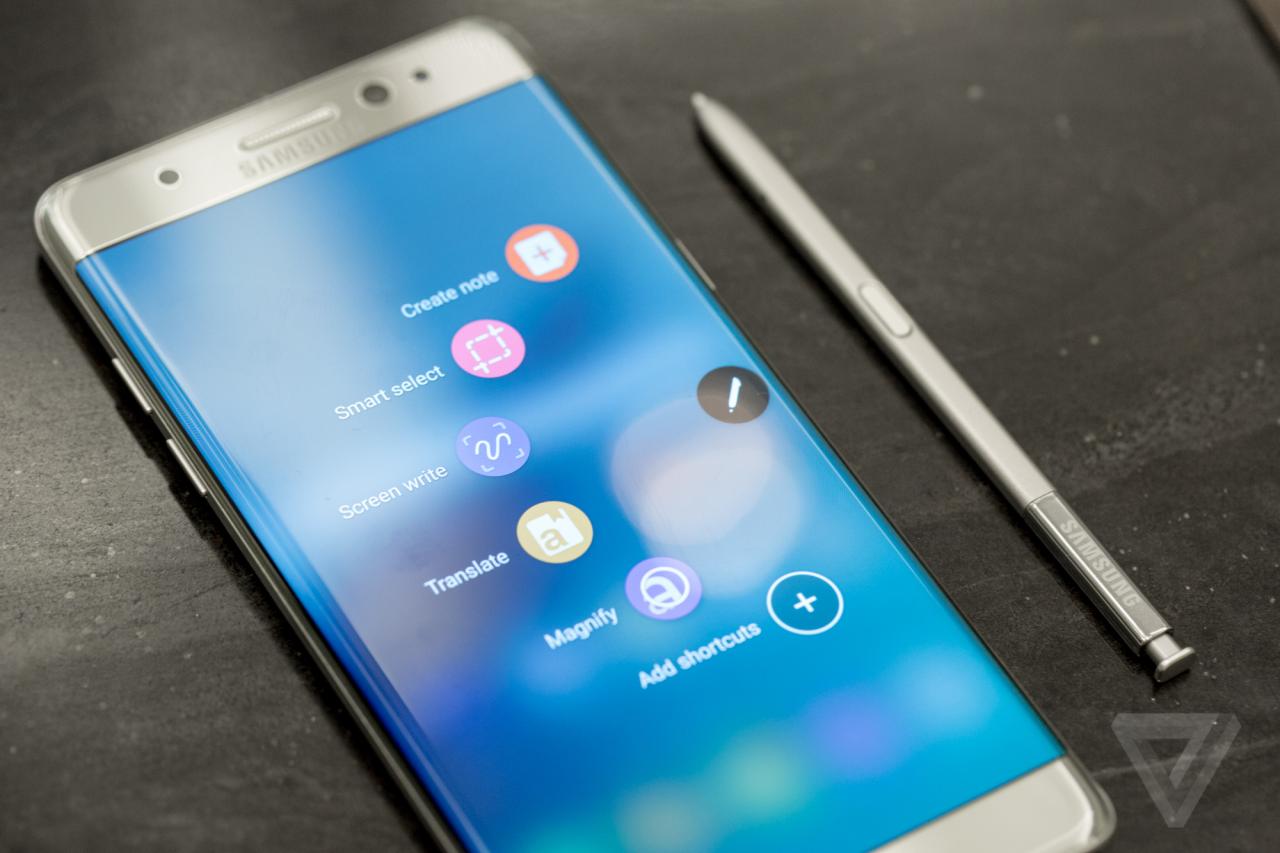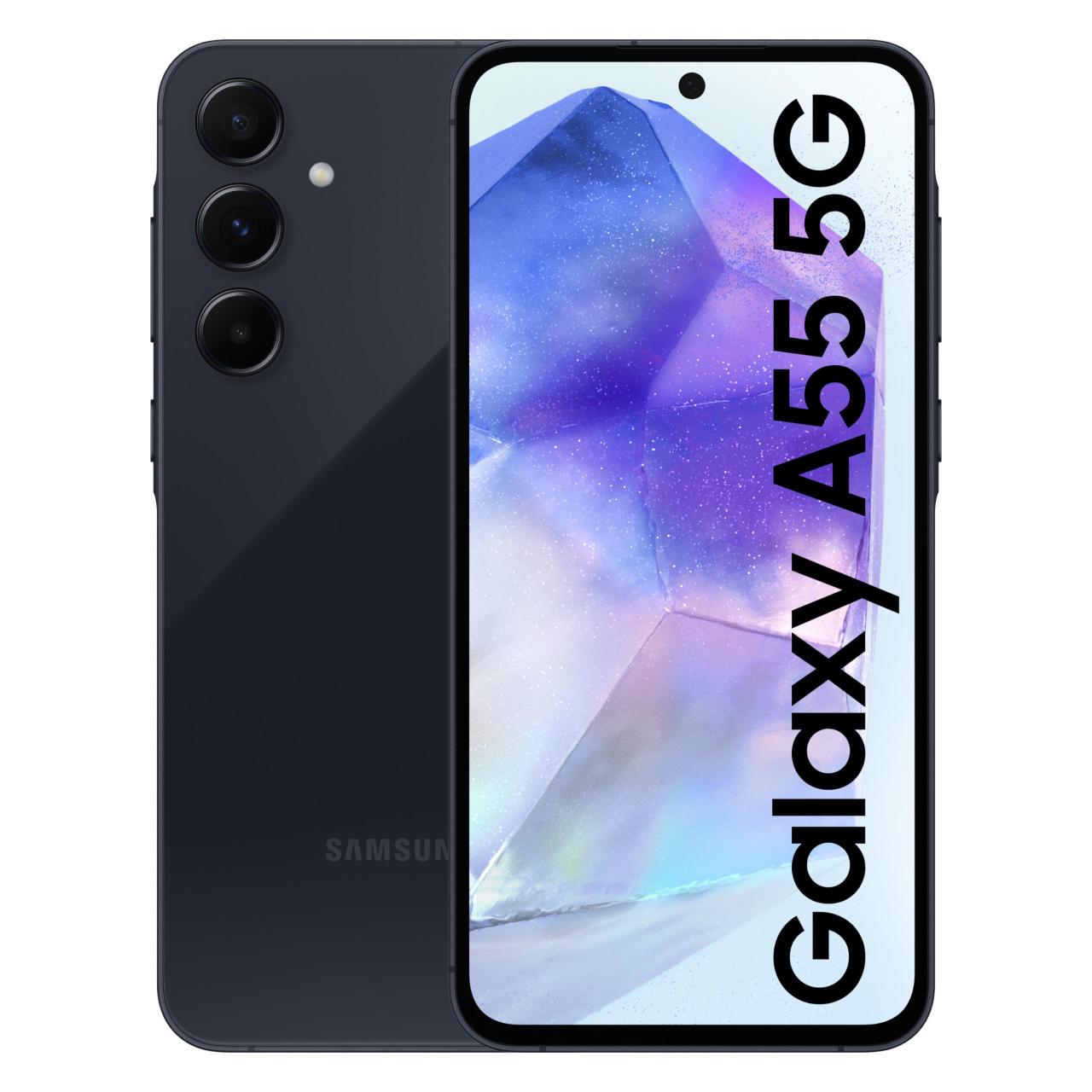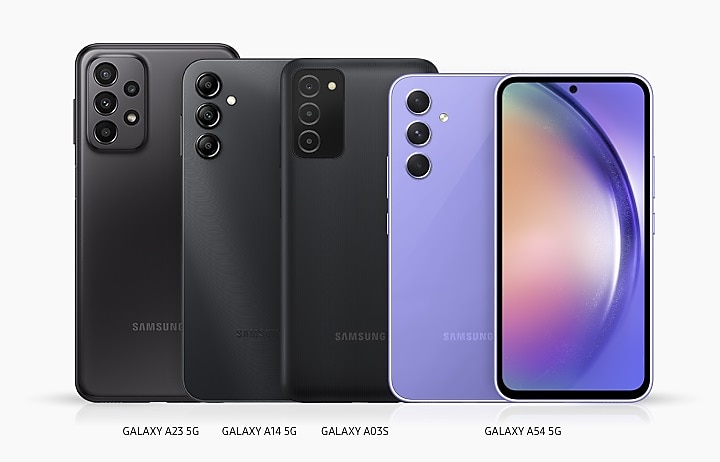samsung galaxy note 7 stands as a pivotal chapter in the evolution of smartphones, merging cutting-edge technology with groundbreaking features. Released in August 2016, it quickly garnered attention for its stunning design, vibrant display, and top-tier specifications, such as a high-resolution camera and S Pen capabilities. However, its debut was marred by significant battery issues that led to one of the most infamous recalls in tech history, sparking conversations about safety in mobile devices.
Distinct from its predecessors and competitors, the Galaxy Note 7 aimed directly at tech enthusiasts and professionals seeking a device that combined productivity with style. Despite the controversies surrounding it, the phone’s innovative features and bold design made a lasting impact on both users and the smartphone market.
Overview of Samsung Galaxy Note 7

The Samsung Galaxy Note 7 was officially launched on August 19, 2016, marking a significant advancement in the Note series. It featured a 5.7-inch Super AMOLED display, a resolution of 1440 x 2560 pixels, and was powered by either the Qualcomm Snapdragon 820 or Samsung’s own Exynos 8890 processor, depending on the market. With 4GB of RAM and storage options of 64GB, expandable via microSD, the Note 7 catered to power users seeking high performance and versatility.
Distinctively, the Galaxy Note 7 introduced several unique features that set it apart from its predecessors and competitors. One of the most notable was its enhanced S Pen functionality, which included water resistance and the ability to take notes while the screen was off, significantly improving usability. The device also boasted an impressive camera system, including a dual-pixel 12MP rear camera and a 5MP front-facing camera, both designed to perform excellently in various lighting conditions. The inclusion of a USB Type-C port for faster charging and data transfer, alongside an iris scanner for biometric security, further distinguished the Note 7 in a competitive smartphone market.
The targeted audience for the Galaxy Note 7 comprised tech-savvy professionals and power users who valued productivity and creative features. It aimed to attract individuals who required a device capable of handling intensive multitasking and demanding applications while also appealing to those interested in photography and advanced mobile features. Samsung’s marketing efforts focused on highlighting its productivity enhancements, making it a preferred choice for business professionals as well as creative individuals seeking a powerful smartphone.
Controversies and Issues

The Samsung Galaxy Note 7 is often remembered not just for its innovative features but also for the controversies that led to its downfall. The smartphone’s launch was marred by serious battery issues that forced a global recall, significantly impacting Samsung’s reputation. This segment explores the battery fiasco, the measures taken post-recall, and the lingering effects on consumer trust and sales.
Battery Issues and Recall
The Galaxy Note 7 faced significant scrutiny due to its faulty batteries, which were prone to overheating and even catching fire. Reports began surfacing shortly after the device’s release in August 2016, leading to numerous incidents involving burns and property damage. Samsung responded swiftly by issuing a recall in September 2016, exchanging the affected devices with supposedly safe replacements.
“The battery issue not only disrupted Samsung’s operations but also raised alarming concerns about product safety in the tech industry.”
The controversy surrounding the Note 7’s battery problem had a profound impact on Samsung’s reputation. As a brand known for its quality and innovation, the failings of the Note 7 undermined consumer confidence. The global recall affected millions of units, and Samsung faced significant financial repercussions, with estimates suggesting losses of up to $5 billion.
Safety Measures Implemented Post-Recall
In response to the crisis, Samsung implemented several safety measures intended to restore consumer confidence. These included rigorous testing protocols and a new “8-Point Battery Safety Check” designed to ensure the reliability of future devices. The company employed third-party experts to validate these tests, aiming to provide transparency and accountability.
“Samsung’s commitment to consumer safety was evident through its proactive communication and extensive testing after the Note 7 incident.”
Samsung communicated these safety measures directly to consumers through various channels, including press releases, advertisements, and updates on its official website. The company also launched a public relations campaign to reaffirm its dedication to safety and customer satisfaction.
Aftermath on Sales and Consumer Trust
The fallout from the Galaxy Note 7 controversy had lasting implications for Samsung’s sales figures and consumer trust. Following the recall, Samsung experienced a significant decline in smartphone sales, with many consumers opting for competitors like Apple or Huawei. Market analysts reported a decrease in Samsung’s market share, as buyers hesitated to invest in the brand after the incident.
Despite the challenges, Samsung has gradually worked to rebuild its reputation. Subsequent models, particularly the Galaxy S8 and S9, featured enhanced safety measures and garnered positive reviews. However, the Note 7 incident remains a cautionary tale in the tech industry, illustrating the critical importance of product safety and brand integrity.
“The Galaxy Note 7 served as a crucial lesson for Samsung, emphasizing that even established brands must prioritize safety to retain consumer trust.”
Technical Specifications and Innovations
The Samsung Galaxy Note 7, despite its controversial history, presented an impressive array of technical specifications and innovations that positioned it as a flagship device at the time of its release. With a focus on functionality and user experience, the device showcased features that appealed to both tech enthusiasts and general consumers alike.
The Galaxy Note 7 was equipped with noteworthy specifications that distinguished it from its predecessors and contemporaries. Notable elements included its display technology, camera capabilities, and battery performance, all of which contributed to its reputation as a powerful smartphone.
Notable Technical Specifications, Samsung galaxy note 7
The following highlights showcase the key technical specifications of the Samsung Galaxy Note 7:
- Display: 5.7-inch Super AMOLED, 1440 x 2560 pixels, HDR10 support, Gorilla Glass 5 protection.
- Camera: Dual 12 MP rear cameras with f/1.7 aperture, capable of 4K video recording; 5 MP front camera.
- Battery: 3500 mAh battery with fast charging capabilities, both wired and wireless, and support for USB Type-C.
- Processor: Qualcomm Snapdragon 820 or Exynos 8890, depending on the region.
- Storage: Options of 64GB, expandable via microSD up to 256GB.
- Operating System: Android 6.0.1 Marshmallow at launch, upgradable to later versions.
These specifications provided users with a device capable of handling demanding tasks while delivering stunning visuals and high-quality photography.
Innovations Compared to Current Flagship Smartphones
The Galaxy Note 7 introduced several innovations that were noteworthy at the time of its release. Comparing these features with current flagship smartphones reveals both advancements and areas where the Note 7 was ahead of its time.
The Galaxy Note 7 featured a number of cutting-edge technologies that appealed to power users. Innovations such as the iris scanner for secure unlocking set it apart from many contemporaries. Additionally, the device’s integration of the S Pen with enhanced features, including live message capabilities and improved pressure sensitivity, catered to users seeking productivity tools.
However, as the smartphone industry has evolved, certain features have become standard across flagship devices. For instance, while the Note 7’s dual-camera setup was innovative, many current smartphones now employ multiple lenses to enhance photography capabilities further. Rapid advancements in artificial intelligence for photography and enhanced performance through dedicated co-processors are examples of how the landscape has changed.
Feature Comparison with Competitors
A comparative analysis of the Samsung Galaxy Note 7 against its direct competitors underscores notable differences in features and specifications. The following table Artikels these comparisons:
| Feature | Samsung Galaxy Note 7 | Apple iPhone 7 Plus | Google Pixel XL |
|---|---|---|---|
| Display | 5.7″ Super AMOLED, 1440 x 2560 | 5.5″ Retina HD, 1080 x 1920 | 5.5″ AMOLED, 1440 x 2560 |
| Rear Camera | Dual 12 MP | Dual 12 MP | 12.3 MP |
| Front Camera | 5 MP | 7 MP | 8 MP |
| Battery Capacity | 3500 mAh | 2900 mAh | 3450 mAh |
| Water Resistance | IP68 | IP67 | IP53 |
| Storage Options | 64GB + microSD | 32/128/256GB (no microSD) | 32/128GB (no microSD) |
This comparison highlights how the Galaxy Note 7 was competitive in several categories while also showcasing areas where its competitors had advantages. The ongoing evolution of smartphone technology continues to push boundaries, making the features of the Note 7 a fascinating study in the progression of mobile devices.
Legacy and Impact

The Samsung Galaxy Note 7, despite its tumultuous history, has left an indelible mark on the smartphone industry. Its journey, from initial acclaim to a global recall, has influenced not only Samsung’s future designs but also the safety standards across the entire consumer electronics market. This incident highlighted the critical importance of safety and quality assurance in the fast-paced tech world, driving manufacturers to rethink their processes and design philosophies.
The ramifications of the Galaxy Note 7 incident extended far beyond Samsung’s immediate response. The backlash from the device’s battery issues forced the company to adopt more stringent testing protocols and quality control measures. This shift influenced subsequent smartphone designs, encouraging manufacturers to prioritize safety in their innovation processes. As a result, the industry saw a renewed focus on battery safety, with many companies investing in advanced technologies to prevent overheating and combustion incidents.
Influence on Smartphone Design and Safety Standards
The Galaxy Note 7’s challenges ushered in a new era of design and safety awareness in smartphone manufacturing. The fallout from the incident prompted companies to implement more rigorous safety checks and design revisions. Some critical impacts include:
- Battery Testing Protocols: Following the Galaxy Note 7 crisis, manufacturers have adopted enhanced battery testing methodologies, including multi-tiered safety assessments and the introduction of new standards like the Underwriters Laboratories (UL) 2054 certification.
- Design Changes: Many brands began incorporating features aimed at preventing damage from battery failures, such as reinforced battery compartments and improved heat dissipation techniques.
- User Education: Companies have focused on educating consumers about proper device care, safety alerts, and the significance of using manufacturer-approved accessories.
- Regulatory Revisions: The incident led to discussions on stricter regulations within the industry, driving organizations to develop better compliance guidelines for battery manufacturing and testing.
The Galaxy Note 7 incident also served as a crucial lesson for the entire consumer electronics industry regarding the vital balance between innovation and safety. Companies recognized that the pursuit of cutting-edge technology should never compromise consumer safety or product integrity.
Long-term Effects on Samsung and the Electronics Market
The repercussions of the Galaxy Note 7 incident continued to resonate within Samsung’s corporate strategy and product line. The company undertook significant efforts to regain consumer trust and reinforce its commitment to quality. Key developments include:
- Brand Recovery Initiatives: Samsung launched extensive marketing campaigns aimed at restoring its reputation, emphasizing quality control and safety in subsequent models like the Galaxy S8 and Note 8.
- Product Overhauls: The company introduced more robust battery management systems and built-in safety features, which became a hallmark of its newer devices.
- Innovation in Material Use: Samsung began to explore alternative materials and battery technologies to reduce risks, such as solid-state batteries, which promise higher energy density and safety.
- Collaborative Efforts: Samsung engaged with industry peers and regulatory bodies to share insights and develop collective safety protocols, influencing the broader electronics market.
This incident highlighted crucial lessons for the future of smartphone development, emphasizing that innovation must be accompanied by responsibility. Companies have learned to integrate comprehensive testing, user feedback, and safety measures into their development processes, ensuring that product advancements do not come at the cost of consumer safety.
“Safety and quality assurance are no longer secondary considerations; they are integral to the design ethos of modern smartphones.”
FAQ Summary: Samsung Galaxy Note 7
What were the main features of the samsung galaxy note 7?
The Samsung Galaxy Note 7 featured a 5.7-inch Super AMOLED display, a dual pixel 12MP rear camera, an S Pen, and IP68 water and dust resistance.
Why was the samsung galaxy note 7 recalled?
The device was recalled due to battery overheating issues, which posed fire hazards to users.
How did the recall affect Samsung’s reputation?
The recall significantly impacted Samsung’s reputation, leading to a loss of consumer trust and a drop in sales, prompting the company to implement stricter safety measures.
What safety measures were taken after the recall?
After the recall, Samsung introduced a new battery safety standard and improved communication with consumers regarding product safety.
Did the samsung galaxy note 7 influence future smartphone designs?
Yes, the issues surrounding the Note 7 led to increased emphasis on safety features and battery management in subsequent smartphone designs.
The Galaxy S 7 remains a classic in the smartphone world, known for its sleek design and powerful performance. Despite newer models being released, it still holds a special place for those who value its features and reliability. Many users appreciate its user-friendly interface and quality camera, making it a timeless choice.
When discussing flagship devices, the Samsung Galaxy S10+ stands out with its impressive display and advanced camera setup. This smartphone not only offers high performance but also a premium experience with its sleek design. Users continue to rave about its battery life and seamless multitasking capabilities, solidifying its status in the market.